Support the LA Phil
Keep the music going. If you are able, please help the LA Phil continue to make programs like this one and impact lives through music education.
Give now:
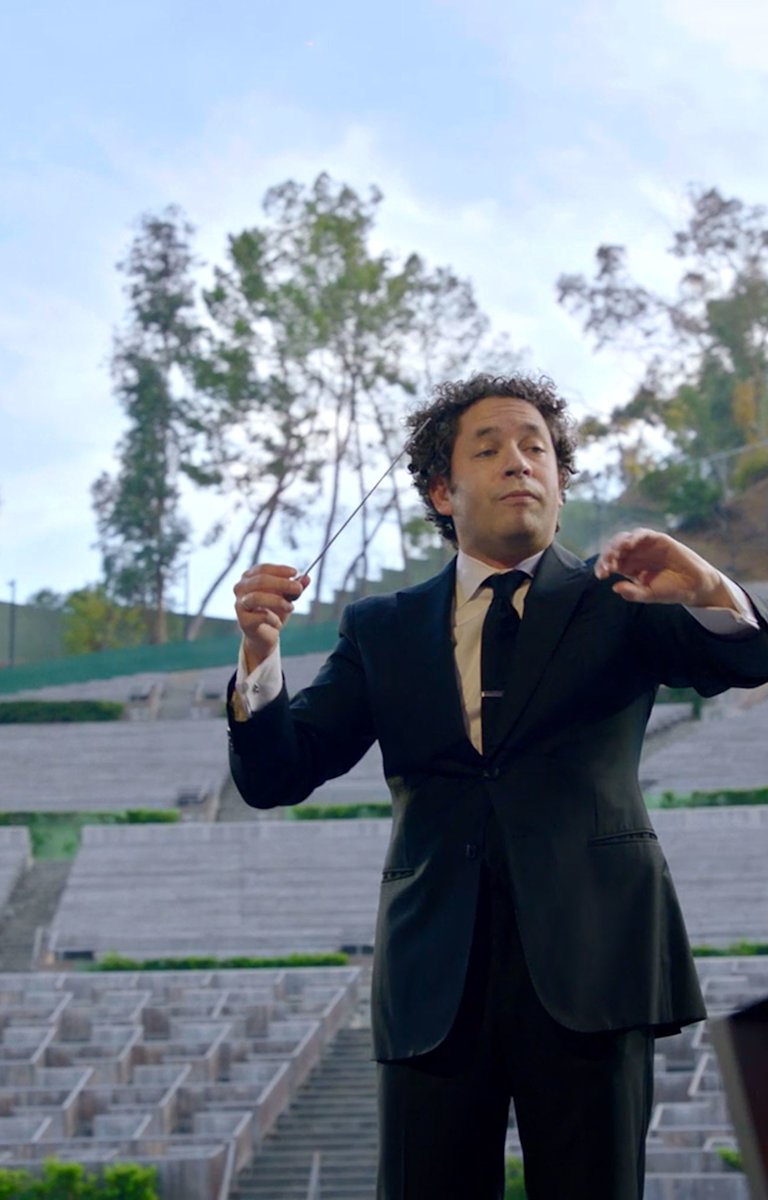
Season 2 - EP5
Unfinished
This concert’s streaming date has passed. Enjoy its accompanying essay, interview, special performances and more below.
This episode was released on Apr 30th
About the episode
Unfinished works of art are appealing in their mystery. What did their creators intend? Unfortunately, the answers to that question are rarely as satisfying as the mystery itself. For Gustavo Dudamel, only having two movements of Schubert’s “Unfinished” Symphony lets us live with the composer a little while longer – suspended in a space of infinite possibility.
Gustavo Dudamel
Conductor
Los Angeles Philharmonic
Orchestra
Program
Symphony No. 8, “Unfinished”
This concert is devoted exclusively to one of Schubert’s most popular creations, and the question is usually “Why? Why didn’t he finish it?” Scholars disagree, but the reason is certainly not because he died while working on it. He was 25 and had six years to live. During that time, he composed a tremendous amount of music, including acknowledged masterworks like his Ninth Symphony, his three greatest song cycles, the three final string quartets, his C-major Quintet, and stacks and stacks of piano and vocal music. But a look through his catalog also will find that there are fragments galore, numerous other pieces he left incomplete. It seems to be part of the way he worked. What he did leave us—two completed movements—has captivated many music lovers for its harmonies and memorable melodies. Conductor Nikolaus Harnoncourt described the symphony as having all the strangeness and surprise of a “stone from the moon.”
Composed: 1822
Orchestration: 2 flutes, 2 oboes, 2 clarinets, 2 bassoons, 2 horns, 2 trumpets, 3 trombones, timpani, strings (5 first violins, 5 second violins, 4 violas, 3 cellos, 2 basses)
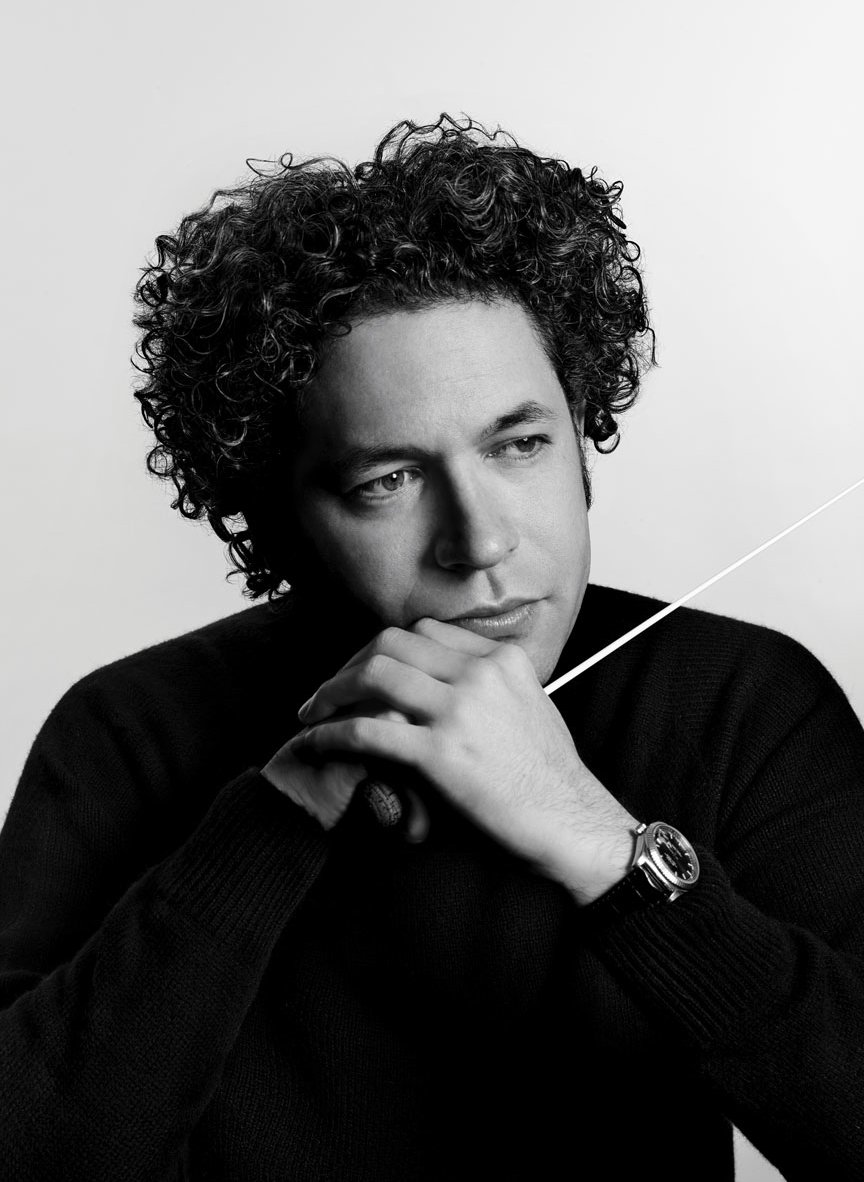
WITH GUSTAVO DUDAMEL
Behind the Music
Tell us why you chose this piece, because there’s nothing fancy here—no interviews, no animations. This is music. Period.
Completely—this is core repertoire. In all that we do, it is important for the orchestra to keep playing works like this. In the previous season, it was Beethoven’s Seventh. This season, we wanted to perform a very important piece of repertoire, and the Schubert “Unfinished” is symbolic of that.
We knew the playing conditions would be difficult. This music was not premiered by the composer. It was lost and then appeared again, and the piece would normally require a lot of musicians. We knew we would be spread all around the stage for safety. It was going to be a huge challenge, but I think we did this piece because of what it means to confront a challenge and know that there is something beyond it. We can think that we are finished, that this is the end, but it’s not. It’s a difficult time, but it’s not an end. We still have more movements to be written of our lives. I think this is one of the beautiful meanings of the “Unfinished” Symphony. What we are doing and what we do as a society and as a world is not finished.
We always try to do our best in the conditions we find ourselves in, and sometimes, there is a beautiful result. When we listen to the orchestra playing at this level or watch these beautiful concert videos, there is something between us, the orchestra and the audience. There is an intimacy in this moment, a connection to be made, and that is beautiful.

Family Activity
Explore the beauty of Schubert’s “Unfinished” Symphony
Enjoy these activities you can do at home.
Activity 1, Instrument Matching Game: Test your knowledge of the instruments of the orchestra with this matching game. Then, see if you can see and hear each instrument in Schubert’s “Unfinished” Symphony.
Activity 2, Unfinished Drawing: Use your drawing skills and your imagination to complete this drawing of an Austrian mountain scene.
Share your creations with your friends, family, and us! With the help of an adult, email a photo of your work to learning@laphil.org or tag us at @laphil on Instagram.
About LA Phil Learning Programs - The LA Phil is committed to learning alongside our community, and to enabling and supporting the next generation of musicians, whether they’re picking up an instrument for the first time or penning their own compositions. Learn more here.
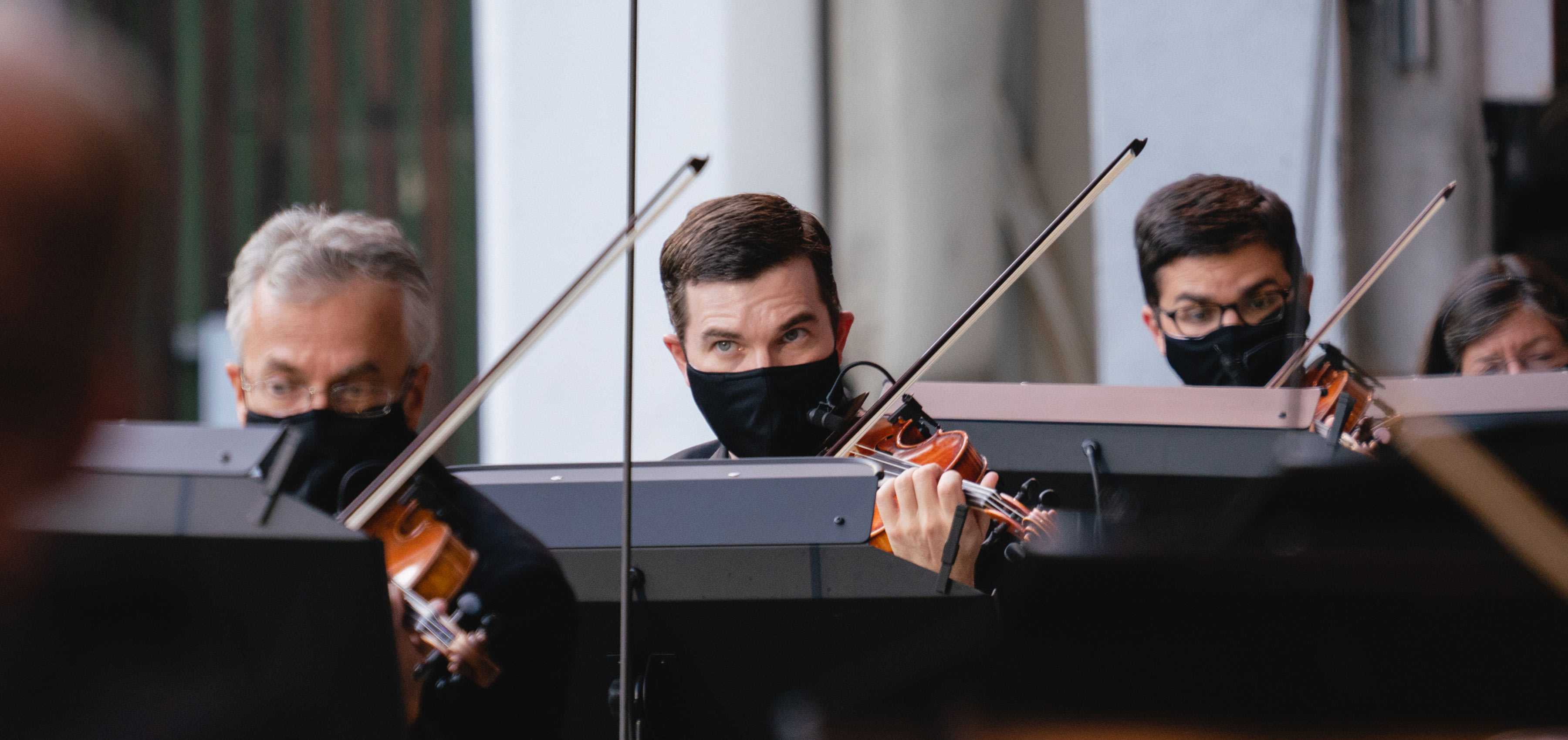
Listen Up
A Playlist by Gustavo Dudamel
From Jessye Norman’s exquisite recordings of Schubert’s lieder to Alfred Brendel’s recording of “The Trout,” there is no shortage of legendary recordings of the composer’s work. Our “Unfinished” episode playlist compiles some of LA Phil Music & Artistic Director Gustavo Dudamel’s favorite Schubert recordings, including solo piano pieces, symphonies, lieder, and chamber music.
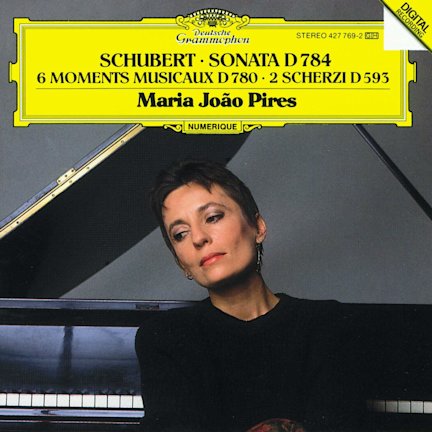

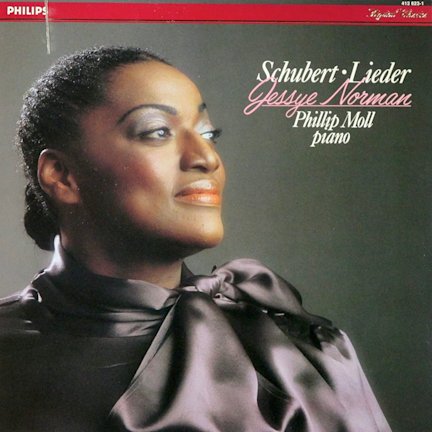
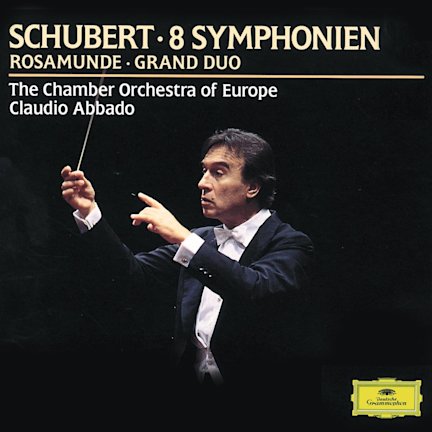
An LA Phil Media Production LA Phil Media is supported by the David C. Bohnett Discovery and Innovation Fund
Gustavo Dudamel Music & Artistic Director
Directed by Alberto Arvelo and Camila Martins
LOS ANGELES PHILHARMONIC LA PHIL STAFF
Support for this episode is provided by the Frank Gehry Fund for Creativity
SOUND DESIGN Audio Producers: Dmitriy Lipay, Alexander Lipay Recording and Mastering Engineers: Dmitriy Lipay, Alexander Lipay LIGHTING DESIGN Robin Gray Tyler Lambert-Perkins Academy Lighting Consultants
IATSE LOCAL 33 Kevin Brown, Master Carpenter Andy Kassan, Master Electrician Donald Quick, Property Master Michael Sheppard, Master Audio-Visual/Union Steward Kevin Wapner, Assistant Audio-Visual The stage crew is represented by the International Alliance of Theatrical Stage Employees and Moving Picture Machine Operators of the United States and Canada, Local 33
CANNONBALL PRODUCTIONS Directors: Alberto Arvelo & Camila Martins Executive Producer: Andrea Struble Producer: Caroline Olivera Phelan Production Supervisor: Nick Batchelder Commercial Coordinator: Marla Ovledo Director of Photography: Andrew Shankweiler POST-PRODUCTION Editor: Jarrah Gurrie Sound Mix: Yu-Ting Su Color Correction: Nice Shoes Post Maria Carretero Sal Mafitano Producer: Katie Hinsen WEBSITE ToyFight